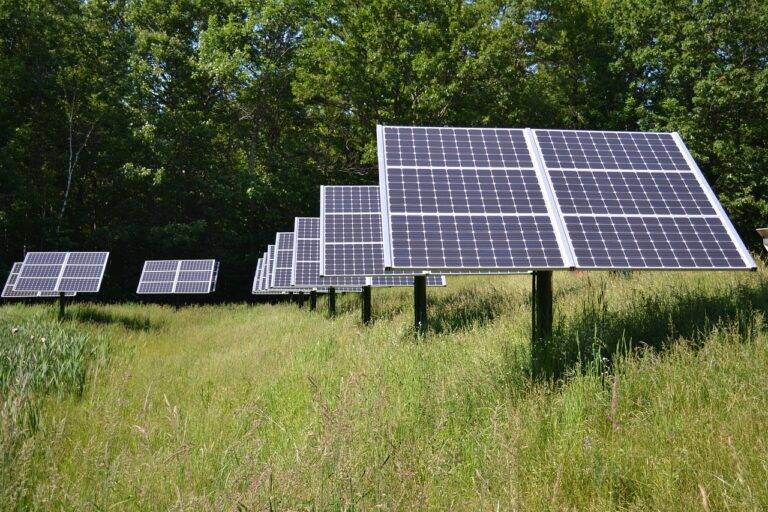Tech in Military and Defense: New Developments
Over the past few decades, technological advancements have revolutionized military operations across the globe. From sophisticated surveillance systems to advanced weaponry, countries are continuously investing in cutting-edge technologies to gain a strategic advantage in the battlefield. These advancements have not only enhanced military capabilities but have also changed the nature of modern warfare.
One of the key technological advancements in military operations is the development of artificial intelligence (AI) and machine learning algorithms. These systems are being used to analyze vast amounts of data, enabling faster decision-making processes and more efficient resource allocation. Additionally, AI-powered autonomous systems are increasingly being deployed for tasks such as reconnaissance, target identification, and even combat operations.
Unmanned Aerial Vehicles (UAVs) and Drones in Defense Strategies
The integration of UAVs and drones in defense strategies has revolutionized military operations. These advanced aerial vehicles offer enhanced surveillance capabilities, allowing for real-time monitoring of potential threats and enemy movements. In addition, UAVs and drones are utilized for reconnaissance missions, providing vital intelligence to military forces without putting personnel at risk.
Moreover, the use of UAVs and drones has significantly improved the precision and accuracy of airstrikes. With the ability to precisely target enemy positions, these aerial vehicles minimize collateral damage and civilian casualties. This strategic advantage not only ensures the safety of friendly forces but also maximizes the effectiveness of military campaigns.
What are some major technological advancements in military operations related to UAVs and drones?
Some major advancements include improved autonomous capabilities, longer flight times, enhanced sensor technology, and more precise targeting systems.
How are UAVs and drones being used in defense strategies?
UAVs and drones are being used for surveillance, reconnaissance, intelligence gathering, target acquisition, and even direct attacks on enemy targets.
What are the benefits of using UAVs and drones in defense strategies?
Some benefits include reduced risk to human personnel, increased operational efficiency, cost savings, and the ability to gather real-time intelligence in dangerous or hard-to-reach areas.
Are there any limitations to using UAVs and drones in defense strategies?
Some limitations include vulnerability to hacking or jamming, limited payload capacity, regulatory restrictions on their use, and ethical considerations regarding civilian casualties.
How do UAVs and drones differ from manned aircraft in defense strategies?
UAVs and drones can operate in environments that may be too dangerous or difficult for manned aircraft, and they can be deployed more quickly and cost-effectively for certain missions.





